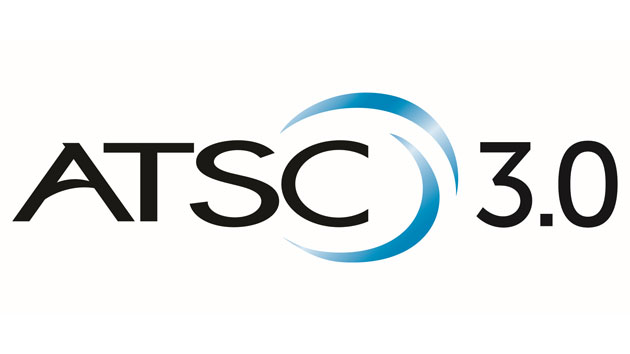ATSC 3.0. It’s the name given to the next (possible) standard for television broadcasting in the United States. Why do I say “possible?” The FCC approved test transmissions using ATSC 3.0 but there’s still no firm approval or any timeline for getting there. If you remember all the hoopla back in 2009 about changing over to digital TV… it’s going to be just like that if it happens. But, it hasn’t started happening yet.
The excitement about ATSC 3.0
ATSC 3.0 has some exciting parts to it. Using the same broadcast channels we use today, it promises 4K television with multichannel sound. It will use connected TVs to deliver more targeted commercials and on-demand content. Using better technology will mean that you’ll finally be able to get TV broadcasts in a moving vehicle.
However, there’s no reason to think that most people will get better reception.
So no better reception? Ever?
I think there will be some fringe cases where some people get better reception. Because the technology is newer, there may be some cases where people in fringe areas could get reliable reception. However there’s nothing about the ATSC standard that really determines whether or not you receive a channel.
It’s really about frequency and power
The most important way to determine whether or not you’ll get a channels is the signal strength when it gets to you. Digital signals are different from the old analog ones because they tend to just fall off sharply instead of getting snowier and snowier.
ATSC 3.0 is a digital signal just like the current ATSC 1.0 and the most important thing with digital signals is that the signal itself be stronger than the noise that’s around it. That means a stronger signal will go further, most of the time. However frequency also plays a part.
A lower frequency signal will generally travel further on the same power, but it will also require a bigger antenna. So those things tend to cancel each other out.
A bigger antenna?
That’s right, at least in the beginning. it’s likely that most ATSC 3.0 broadcasts will take place in the old VHF band of 2-13. This is a set of frequencies that were left almost empty when TV went digital. This was done so that people could have smaller antennas. Now that broadcasters need open frequencies to test ATSC 3.0, they’re going to need bigger antennas to receive those broadcasts. Without them they’ll get worse reception than before.
It’s not about reception
As far as the FCC is concerned, reception is not a problem. In fact most stations broadcast with enough power to reach their target market. The problem, they’d tell you, is that you’re not in the target market. In most cases the FCC definition of “dominant market area” reaches no more than 30-40 miles from a major city. Advertisers only get data from within the target market and broadcasters only care about what they can charge advertisers for. So, if you’re outside that target market, they’re not interested in you anywhere near as much as you’re interested in them.
But of course you’re an antenna hobbyist, you won’t let that stop you. With the right long range antenna, you should be able to get signals far beyond 35 miles. The only thing is, the next generation of broadcasts, whether it happens or not, won’t help you do any better.





